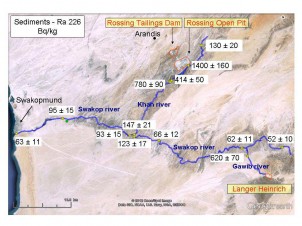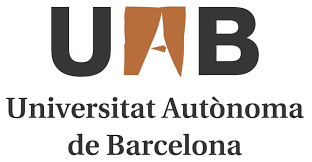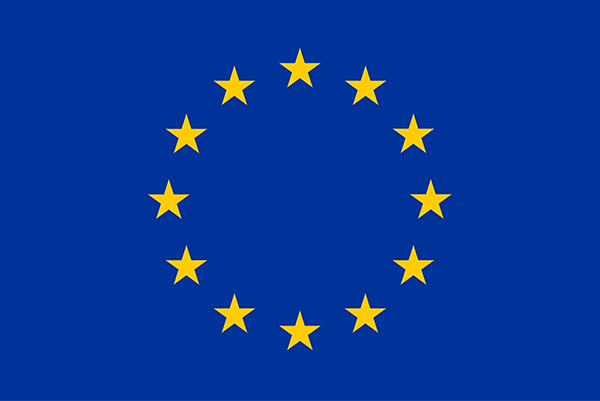
By Bertchen Kohrs and Bruno Chareyron.
EARTHLIFE Namibia and CRIIRAD (Commission for Independent Research and Information about Radiation) have organized visits and measurements in areas located in the vicinity of uranium mines in Namibia, especially Rössing. The CRIIRAD team (Christian Courbon and Bruno Chareyron) also conducted training activities and lectures about Radioprotection issues and the impact of uranium mining. The lectures took place in Windhoek and Swakopmund between September and October 2011. In the course of an on site mission carried out between September 22th and October 2nd 2011, scientists from the CRIIRAD laboratory took radiation measurements in situ, and collected 14 samples of top soil, 13 samples of surface sediments of the Swakop, Gawib and Khan rivers and 11 underground water samples in the alluvium of Swakop, and Khan rivers and tap water from Arandis city. Solid samples have been analysed at the CRIIRAD laboratory in France and water samples have been monitored. The CRIIRAD laboratory accuracy in radiation monitoring is acknowledged by the French Nuclear Safety Authority.
The preliminary findings – submitted on April 10 to the National Radiation Protection Authority – should give reason for concern about uranium mining in Namibia. The dose rate measured by CRIIRAD on the parking of Rössing mine is about 6 times above natural background value. The finest fraction of the radioactive rocks is washed down by rain water and contaminates the sediments of the Khan river: with values 10 times above those measured in sediments collected in Khan river upstream Rössing mine. More on their measurements, maps and methods are in this press release.
The preliminary report, videos and pictures are on the website of CRIIRAD:
http://www.criirad.org/actualites/dossier2012/namibie/mines_uranium.html





THe CRIIRAD page about Namibia has a new name to be changed in your link : http://www.criirad.org/actualites/dossier2012/namibie/mines.html
Thank you
Yours
Bruno